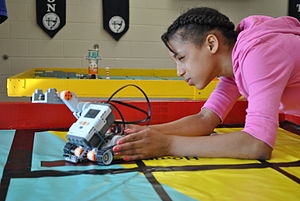
As the global economy embraces the digital age, it is important that the delivery and focus of education evolves to better equip learners with the 21st Century skills that are key to their future success.
With this challenge in mind, a number of factors come into play, but arguably one of the most significant drivers to help build 21st Century skills is 1:1 computing in education. Whether it’s helping to equip children to compete in the global economy or driving equality and social mobility, 1:1 computing is described by many, including the Sutton Trust in their recent research, to be a prerequisite for improving learning outcomes and helping to build 21st Century skills.
via 1:1 Computing in Education – Microsoft UK Schools blog – Site Home – MSDN Blogs.
Related articles














































